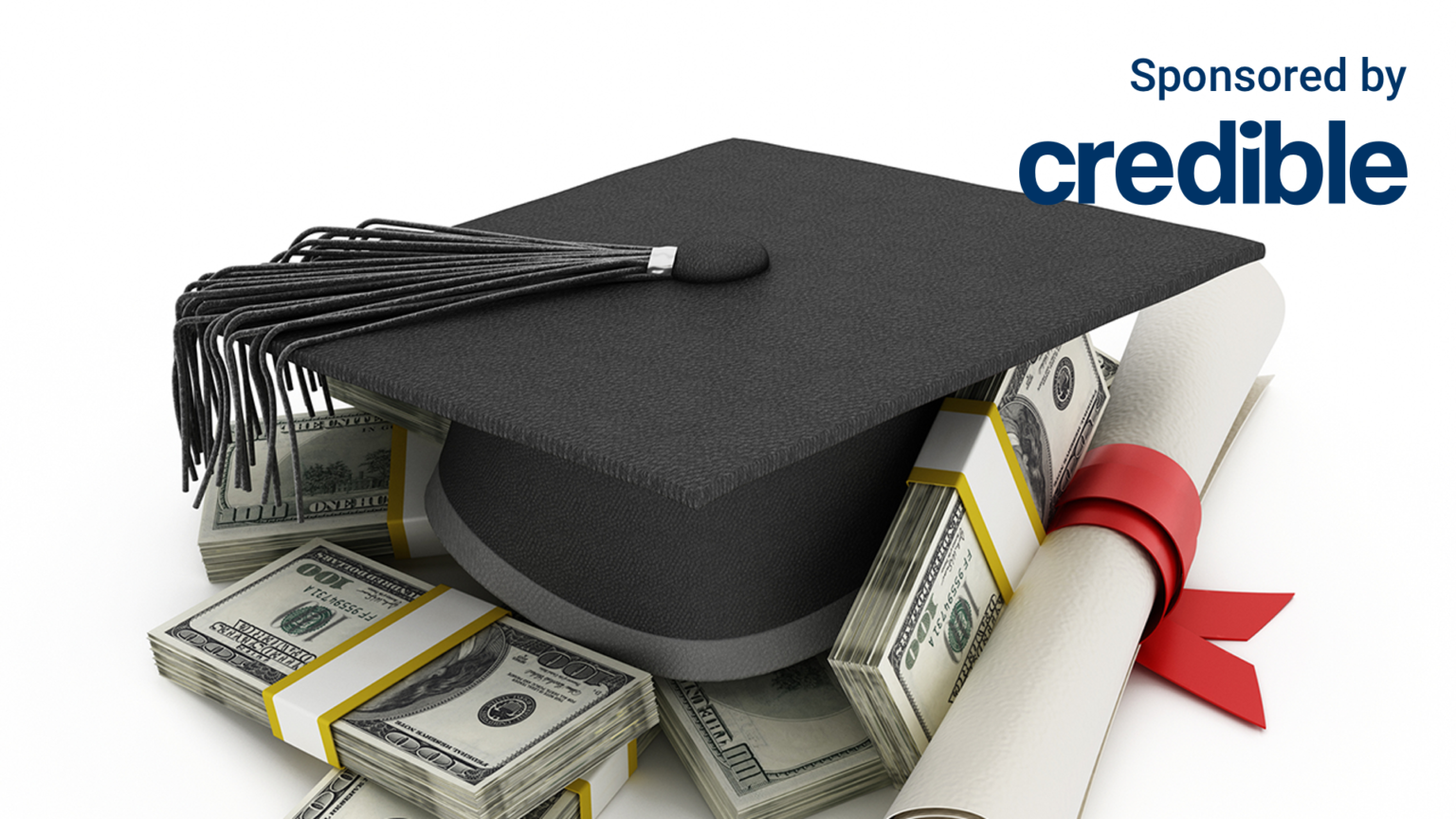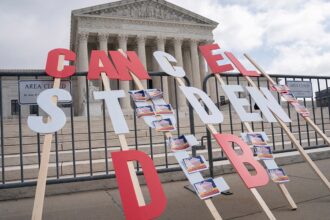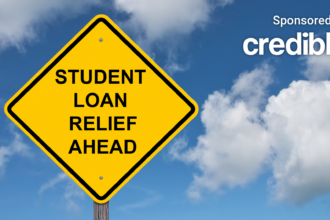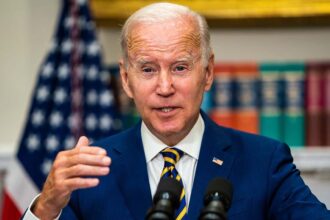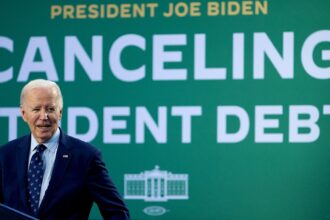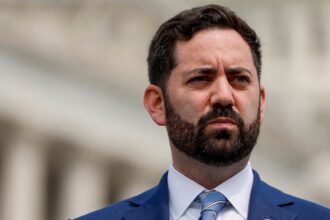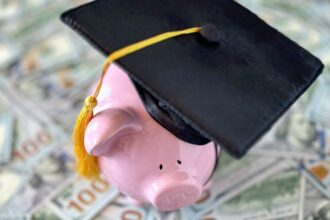Borrowers unable to meet their student loan debt obligation come October will be automatically enrolled into a 12-month on-ramp period if they miss or are late with payments, according to a recent blog.
The temporary on-ramp period introduced by President Joe Biden’s administration after a forgiveness plan was struck down by the Supreme Court earlier this year is valid through Sept. 30, 2024, and protects borrowers from having a delinquency reported to credit reporting agencies, the Harvard University Employee Credit Union blog said. It assists borrowers who may struggle to repay their student loans.
The 12-month reprieve prevents the worst consequences of missed, late, or partial payments, according to the blog. Borrowers who miss payments won’t be reported to credit bureaus, put into default, or see their loans sent to collection agencies.
“Borrowers who plan to miss monthly payments during the on-ramp period should be aware that interest is still accruing during the twelve-month grace period,” the Harvard Credit Union blog said. “In addition, missed payments won’t count toward loan forgiveness, so borrowers who don’t make payments during this time could be putting themselves behind schedule for possible forgiveness of debts in the future and increasing their loan debt due to the accrued interest rate.”
If you have private student loans, you won’t benefit from any of the several government initiatives designed to offer federal student loan relief. You could consider reducing your monthly payments by refinancing your loans for a lower rate. Visit Credible to get your personalized rate in minutes.
SHOPPING ON AN IMPULSE IS DERAILING AMERICAN BUDGETS – HERE’S HOW TO TAKE CONTROL
What happens if you default on your student loan
After one missed payment, a student loan is typically considered delinquent, according to the Department of Education. Loan accounts remain delinquent until the past due amount is paid or other arrangements are made, such as deferment, forbearance or changing repayment plans. After 90 days, the loan servicer reports the delinquency to the three major national credit bureaus.
Student loans generally fall into default after 270 days of missed payments, depending on the type of loan, and penalties are typically triggered after 425 days. Student loans made under the William D. Ford Federal Direct Loan Program or the Federal Family Education Loan Program are considered to be in default after 270 days. Loans made under the Federal Perkins Loan Program can be in default after a missed scheduled payment, according to the Department of Education.
Unresolved loan delinquencies that go into default could mean a borrower will be responsible for paying the balance of the loan immediately.
Borrowers in default before the pandemic payment pause have been automatically made current under the “Fresh Start” initiative, according to the Department of Education. The initiative effectively gives defaulted borrowers a second chance to build a better credit history, stop wage garnishment and regain eligibility for federal benefits like income-driven repayment and deferment plans.
If you’re having trouble making your private student loan payments, you could consider refinancing to a lower interest rate. Visit Credible to speak with a student loan expert and get your questions answered.
CAR INSURANCE RATES SET TO RISE ANOTHER 4% BY YEAR-END: SURVEY
Income-driven repayment plans create another problem
Millions of borrowers may be eligible to receive some student loan forgiveness under President Biden’s new income-driven repayment (IDR) plans, and they may also be on the hook to pay taxes on these savings.
Although discharged student debt is exempt from federal tax due to the American Rescue Plan Act of 2021, some states may still tax the savings, according to a report by the Tax Foundation.
As of 2023, Indiana, North Carolina and Mississippi have stated that the balance of forgiven student loans will be taxed as income. Taxpayers in Arkansas and Wisconsin may also have to pay taxes on forgiven student loan debt, but these states are currently reviewing their tax laws and have yet to decide.
Moreover, the federal tax exemption expires on January 1, 2026 and forgiveness under income-driven plans like the Saving on a Valuable Education (SAVE) gets taxed, according to Student Loan Sherpa Founder Michael Lux.
“While 2026 may seem like a long way away, many borrowers do not expect to earn forgiveness until after this date,” Lux said in a statement. “For this reason, it is crucial to plan for the possibility of a large tax bill.”
If you are currently in school or starting soon and need more financial aid than you can receive through FAFSA, you could consider taking out a private student loan. Visit Credible to find your personalized rate without affecting your credit score.
GEN ZERS CREDIT CARD BALANCES GROW THE FASTEST: TRANSUNION
Have a finance-related question, but don’t know who to ask? Email The Credible Money Expert at [email protected] and your question might be answered by Credible in our Money Expert column.
Read the full article here


